Some plants don’t just grow — they transform. With shifting hues from spring to fall, these seasonal showstoppers bring a dynamic sense of life and rhythm to your garden. Whether it’s fiery autumn leaves, blushing new growth in spring, or surprising summer blooms, these color-changing plants offer a garden experience that evolves month by month.
Unlike one-note plants that stay the same all year, these varieties keep your landscape visually engaging — and often low-maintenance, too. From shrubs that start green and end gold, to flowers that deepen in tone as they mature, each one adds a living layer of surprise to your outdoor space.
In this article, discover 8 striking plants that shift in color with the seasons. They’re perfect for anyone who wants a garden that tells a story — and never looks quite the same twice.
Sugar Maple
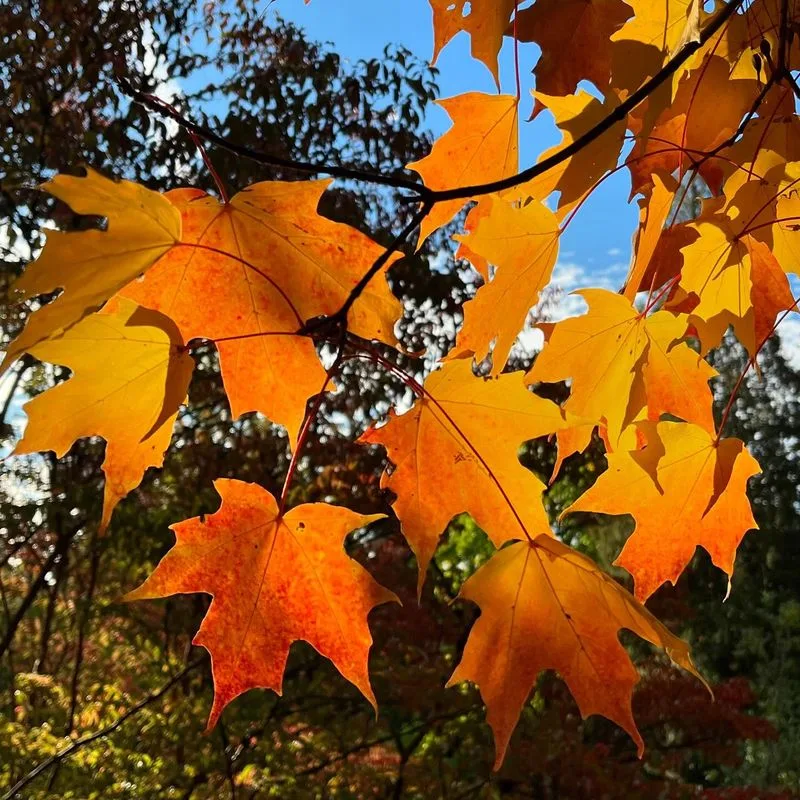
With its fiery autumn display, the Sugar Maple is a quintessential symbol of seasonal change. Come fall, its leaves transform from lush green to an array of brilliant oranges, yellows, and deep reds. This spectacle not only captivates passersby but also enriches the landscape with its vibrant hues.
Typically found in eastern North America, these trees thrive in full sun to partial shade, making them a versatile addition to gardens. Their brilliant fall foliage has even inspired the design of the Canadian flag. A mature Sugar Maple can be the crown jewel of any autumnal garden.
Japanese Maple
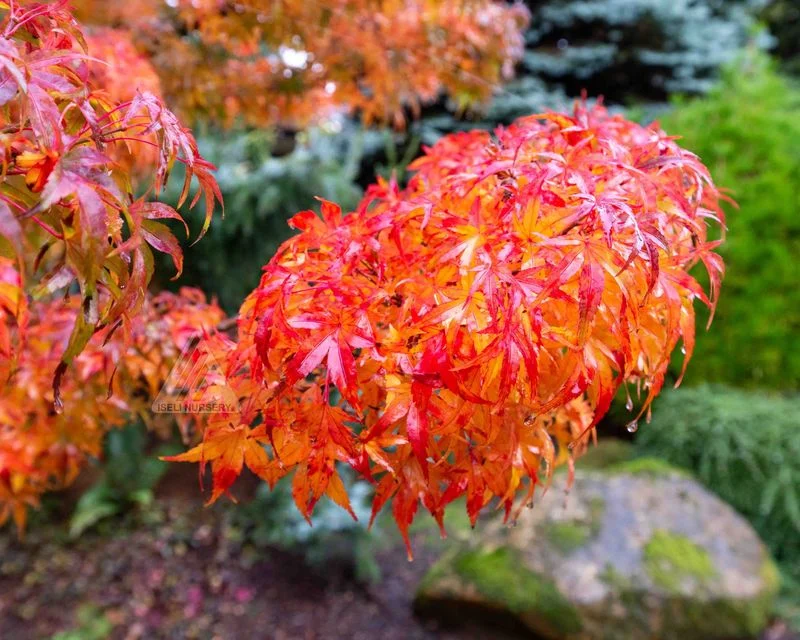
The Japanese Maple is celebrated for its delicate, almost ethereal beauty, particularly during the fall. Its finely cut leaves transition through a spectrum of colors, from deep reds to vibrant oranges, creating a visual feast.
Native to Japan, Korea, and China, these trees are often featured in traditional gardens and are cherished for their aesthetic appeal. They prefer well-drained soil and a spot sheltered from harsh winds. The Japanese Maple adds an elegant touch to any garden setting, making it a favorite among landscape architects and gardeners alike.
Sweetgum
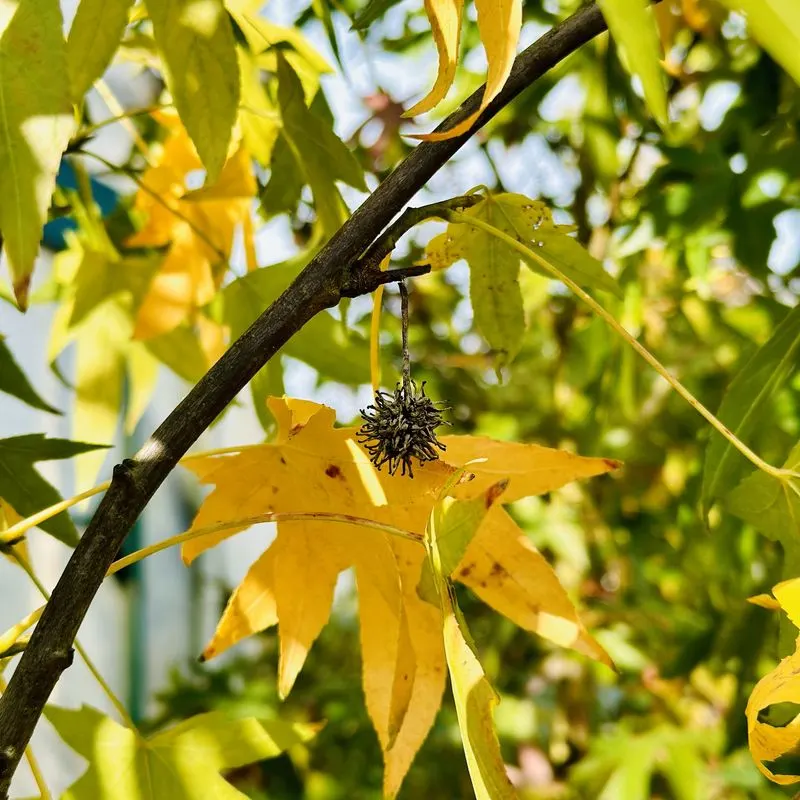
With its star-shaped leaves, the Sweetgum tree is a standout in any autumn display. As the seasons shift, its foliage explodes into a tapestry of reds, purples, and yellows, each leaf telling its own story.
This North American native is not just pretty; it’s resilient, adapting well to different soil types and urban environments. Sweetgum trees can grow quite tall, providing ample shade in the summer. Their striking fall transformation makes them a favorite for parks and city streets, offering a vibrant display that rivals any painting.
Hydrangea
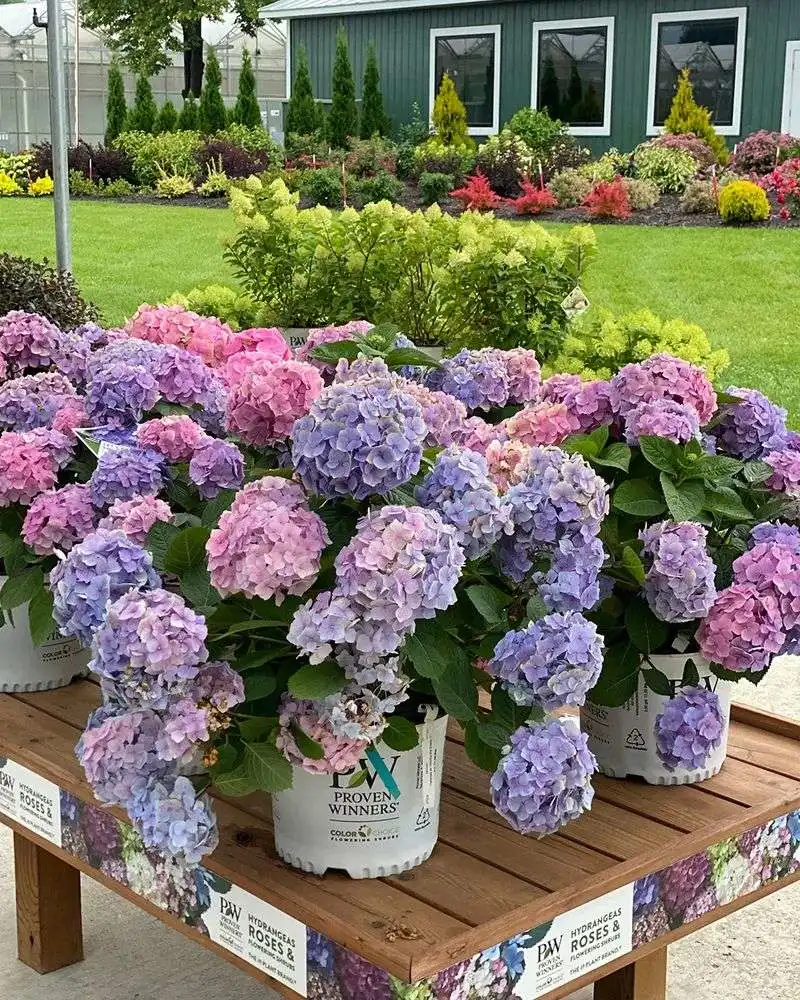
Hydrangeas are famed for their large, showy flower clusters that change color depending on the soil’s pH level. In some gardens, you might witness the blooms transition from pink to blue, or even a blend of both, all within a single bush.
These plants are hardy and adaptable, making them a popular choice for gardeners aiming for a splash of color. Originating from Asia and the Americas, hydrangeas thrive in well-drained soil with plenty of moisture. Their unique color-shifting ability makes them a living canvas, painting gardens with unpredictable hues.
Virginia Creeper
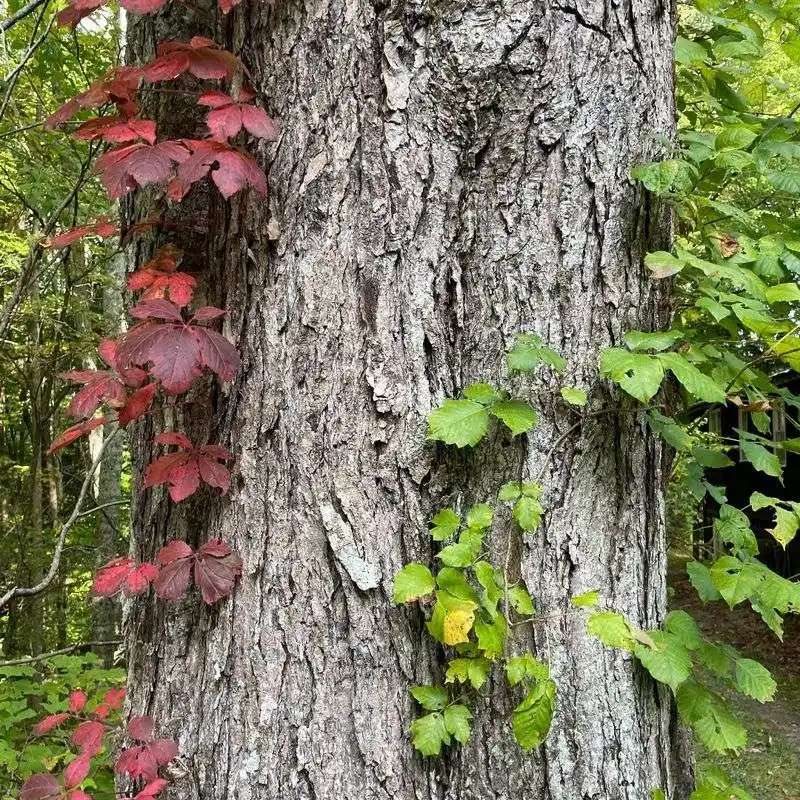
Virginia Creeper is an unassuming plant that bursts into a vibrant display come fall. Its leaves, initially green, turn a vivid red or deep purple, creating a striking contrast against buildings and fences.
This vigorous vine is native to eastern and central North America. It’s often used to cover walls and structures, adding a touch of the wild to urban landscapes. Its rapid growth and stunning fall colors make it a popular choice for gardeners looking to add vertical interest to their spaces. Plus, it’s a haven for wildlife.
Quaking Aspen
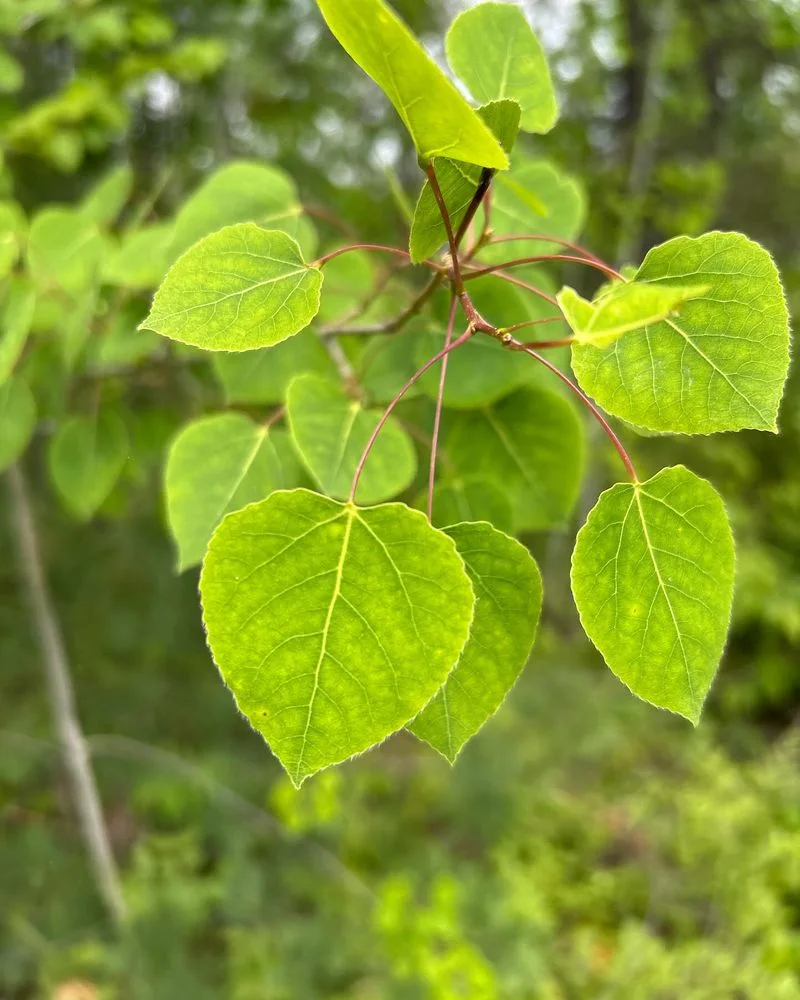
Characterized by its tall, slender trunks and shimmering foliage, the Quaking Aspen is a sight to behold in the fall. Its leaves turn a radiant golden yellow, contrasting beautifully with its stark white bark.
These trees are native to cooler regions of North America and are known for their unique ability to clone themselves, leading to vast groves of genetically identical trees. The rustling sound of their leaves in the wind adds an auditory dimension to their aesthetic appeal. They’re a favorite among hikers and photographers alike for their picturesque beauty.
Burning Bush

In the fall, the Burning Bush earns its name as its leaves blaze with an intense red. This shrub stands out dramatically in any garden, offering a fiery focal point against more subdued autumn tones.
Native to central and northern China, the Burning Bush is both hardy and adaptable, thriving in a variety of soil conditions. Its compact size and vibrant fall color make it a popular choice for hedges and borders. As a member of the spindle tree family, it’s a reliable performer in the landscape, delivering consistent seasonal color.
American Beech

The American Beech is a majestic tree, known for its smooth gray bark and lush canopy. As autumn arrives, its leaves transition from vibrant green to shades of copper and gold, creating a warm, inviting atmosphere.
Found throughout the eastern United States, these trees prefer rich, well-drained soils and are often seen in forested areas. Their sturdy presence and beautiful fall colors make them a beloved choice for large landscapes. The American Beech is not just a tree; it’s a piece of living history, adding character to any woodland setting.

